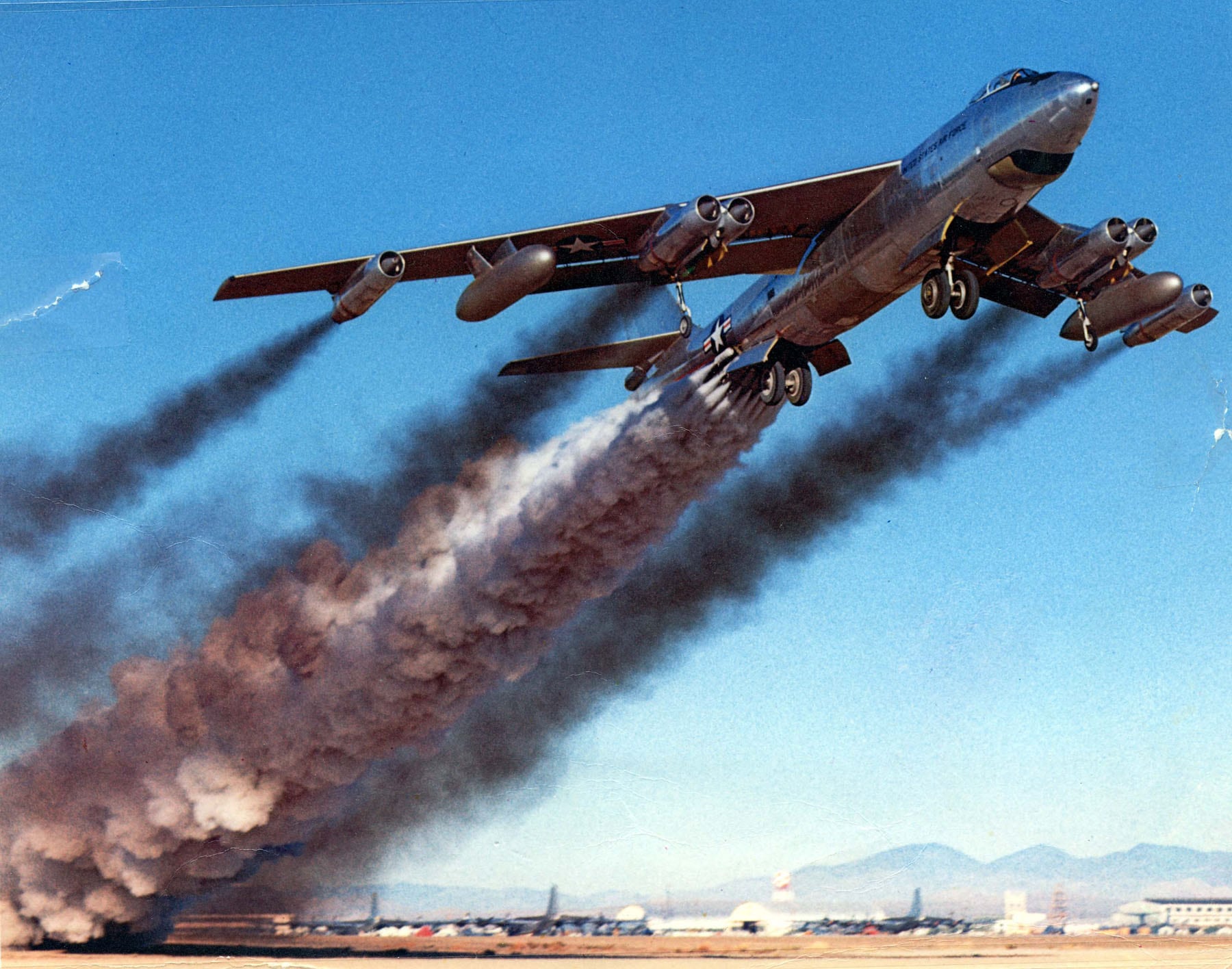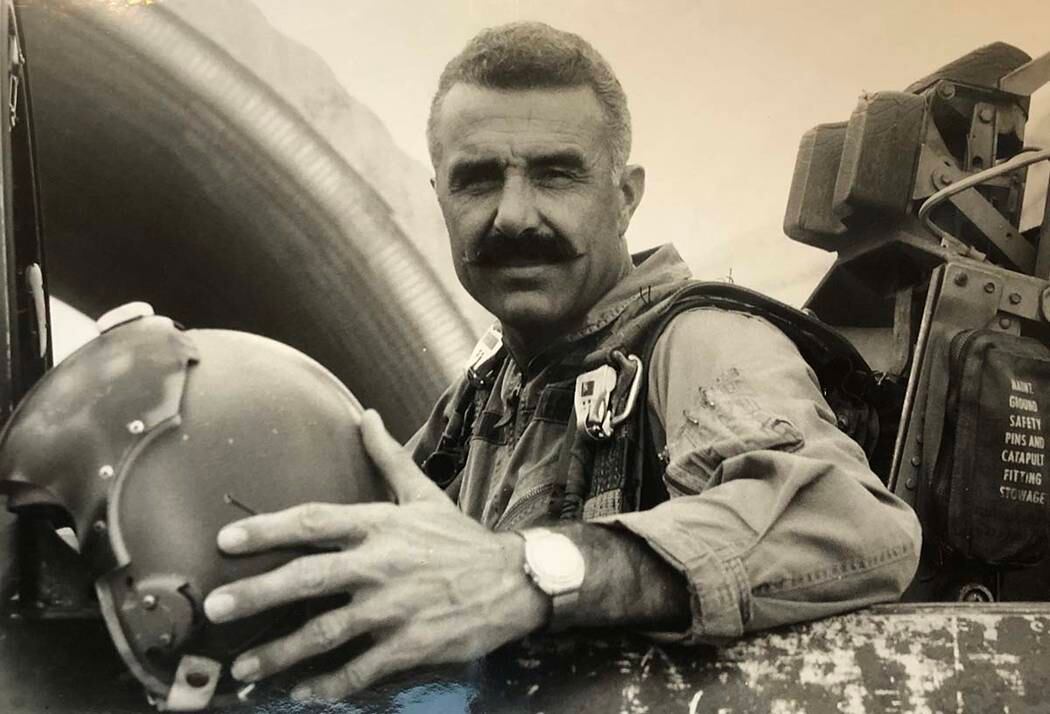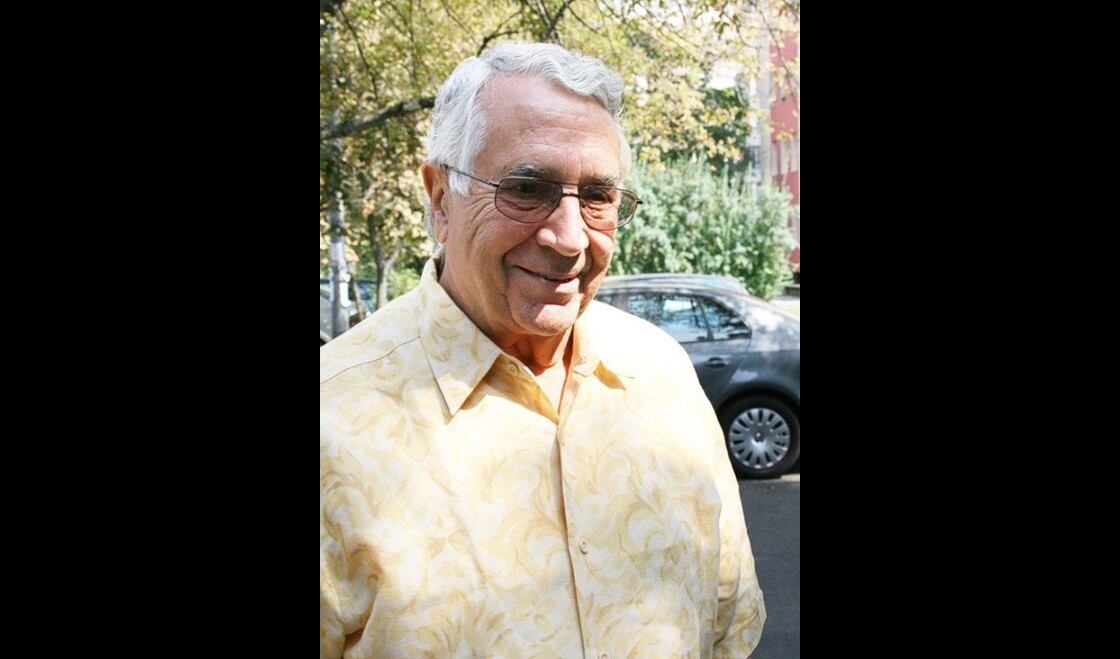Col. Walter Boyne, the bomber pilot and writer who was a key pillar in the modern aeronautics community for decades, died Thursday at 90.
“Today I regretfully and sadly announce that Col. Walter James Boyne has flown his last mission,” his son, Bill, said in a post on Boyne’s official Facebook page Thursday night.
Boyne died in Silver Spring, Maryland, and will be interred at Arlington National Cemetery, Bill said. Last month, Bill posted on Facebook that Boyne was in an assisted living facility in Maryland.
“I know [that] he was so very proud to be a crew member in the USAF, and was honored to serve and meet the very people I contact today,” Bill Boyne wrote on Facebook.
Among his many accomplishments, Boyne was a prolific author and chronicler of aviation and warfare history, with more than 50 books to his name. For many years, he was a contributing editor to Aviation History magazine, a sister publication that is part of the historynet.com family of publications.
Hero Story: A Tribute to Walter J. Boyne
He was director of the Smithsonian Institution’s National Air and Space Museum from 1983 to 1986, during which he established Air and Space magazine, and was enshrined in the National Aviation Hall of Fame in 2007.
The National Aeronautic Association, for which Boyne was a former chairman, mourned Boyne’s loss in a statement.
“Whether as a test pilot, as director of the National Air and Space Museum, or as one of the best and most prolific aviation writers who ever lived, Walter left his stamp on American aviation,” NAA president Greg Principato said. “In each of these roles, he inspired future generations to even greater heights. … Walter chaired the NAA board during a difficult time for the organization and steered us through to new heights. Walter will be missed, but can never be forgotten.”
Boyne was born in 1929 and grew up in East St. Louis, Illinois, during the Great Depression.
“We were poor, and so was everyone else,” he said in a 2007 interview with the publication Airport Journals. “You know you’re poor when they come and turn the lights out, or you don’t have any food in the refrigerator. But somehow, we didn’t feel depressed by it. … We got a lot of pleasure out of very simple things.”
He entered the Air Force’s aviation cadet program in 1951, and earned his wings and commission the next year. While he waited for his slot in an aviation class to open up, he first served several months as an enlisted airman — which he found tremendously helpful when he became an officer and leader.
“My experience in the cadet program led me to believe that every officer should spend six months as an enlisted man first,” he told Airport Journals. “It will give you a side of the picture you won’t get anywhere else, and the experience is invaluable later when you’re an officer. You get a better handle on what their life is like.”
In a 2009 essay he wrote in Air and Space magazine, Boyne said he first laid eyes on a Boeing B-47 bomber as a first lieutenant at Castle Air Force Base in California in April 1954. He was “racked with envy” when he saw the Air Force’s latest bomber “glistening in the California sun and trailing long plumes of exhaust” as it landed. But Boyne was working on becoming an aircraft commander in the Boeing B-50, which was an updated version of the B-29, and the B-47 required much more flying time than his 450 flying hours.

But Boyne, “being young and foolish,” was not deterred, he said. A few weeks later, he demanded of his squadron’s adjutant — even pounding on the officer’s desk — that he be sent to McConnell Air Force Base in Kansas to learn to fly the B-47. The adjutant agreed, and Boyne’s fascination with the B-47 — the “spearhead of Strategic Air Command,” capable of carrying massive amounts of firepower and penetrating deep into Soviet airspace — grew into love.
“The pleasure we found in flying the airplane, however, was not in its capacity for lethal warfare but rather its sparkling performance,” Boyne wrote. “In the early 1950s, freed from banging piston engines and whirling propellers, you sat under a beautifully streamlined canopy, peering out at thousands of square miles of territory, cruising along at seven miles a minute in a jet bomber.”
“It was intoxicating,” Boyne said.
RELATED

Boyne continued his education, then returned to active flying in the Air Force and became a nuclear test pilot with the 4925th Nuclear Test Group at Kirtland Air Force Base in New Mexico, where he flew the B-47 and B-52.
During Vietnam, he commanded the 635th Services Squadron at U-Tapao Royal Thai Air Base. He retired in 1974 and became an assistant curator at the National Air and Space Museum, two years before the museum officially opened.

The Air and Space Museum reached new heights under Boyne’s directorship, and he laid the groundwork for its massive expansion: the Udvar-Hazy Center in Northern Virginia. He negotiated with then-FAA Administrator Donald Engen to strike a deal for the annex’s land near Dulles Airport in Chantilly, Virginia, and helped obtain congressional support for the center. He also arranged for the annex to be the future permanent home of the Space Shuttle Enterprise.
Today, the Udvar-Hazy center also houses many other significant aircraft, including the Enola Gay and an SR-71 Blackbird.
In addition to launching Air and Space magazine, Boyne helped arrange a mission to fly an IMAX camera aboard the Space Shuttle. He also improved the Air and Space Museum by constructing a new restaurant and adding more restrooms, and during his tenure, the museum averaged 10 million visitors per year.
He retired from the museum in 1986 to return to another of his early loves: writing. He began writing in 1962, when he sold his first article — about the P-36 Curtiss Hawk — to the British Royal Air Force review for $29.
He published his first nonfiction book, “The Jet Age: Forty Years of Jet Aviation,” in 1979, and continued to publish nonfiction books at a tremendous pace. He averaged at least one nonfiction book each year for the next four decades.
But after he left the museum, he launched a new career as a novelist. His first fiction book, “The Wild Blue: The Novel of the U.S. Air Force,” co-authored with Steven Thompson, was published later in 1986. He followed up with the Eagles trilogy of historical fiction novels from 1989 to 1992, 2003′s “Dawn over Kitty Hawk" about the Wright Brothers, and another trilogy of novels about the jet age: 2006′s “Roaring Thunder” and “Supersonic Thunder,” and 2009′s “Hypersonic Thunder.”
Walter Boyne wrote many articles for Aviation History magazine over the years. Here are a few of them:
♦ Top 10 Best and Worst Aviation Movies
♦ Badass Pilots, A Vanishing Breed?
♦ Republic’s Fleeting Masterpiece
♦ Curtiss O-52 Owl: ‘Messerschmitt Killer’
Stephen Losey is the air warfare reporter for Defense News. He previously covered leadership and personnel issues at Air Force Times, and the Pentagon, special operations and air warfare at Military.com. He has traveled to the Middle East to cover U.S. Air Force operations.





